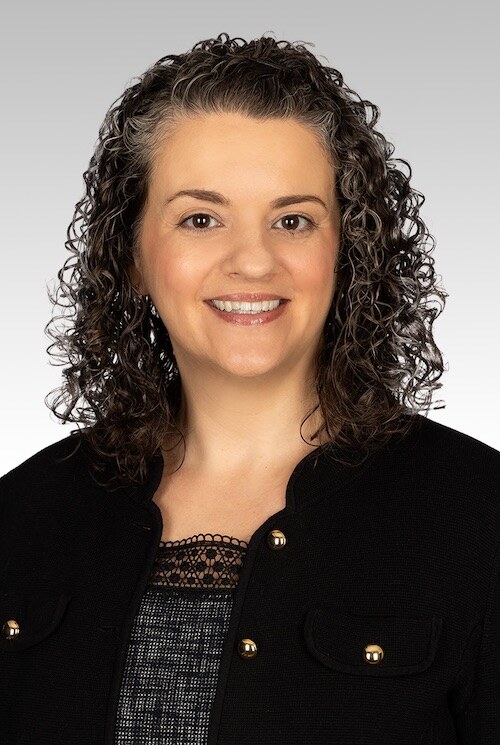Paying off debt and saving money are the building blocks of a healthy financial life, but the statistics are dire: One-third of Americans haven’t saved a single penny for retirement, 38% of households have credit card debt, and 44% don’t have enough cash saved to cover a $400 emergency expense. If you see yourself in those numbers, there’s no better time than now to start working on healthier habits because April is Financial Literacy Month.
Even with myriad apps available to help, budgeting can still feel intimidating. So, why not keep it simple with these two systems you can implement today?
The 50-30-20 Strategy
Before she was a U.S. senator, Elizabeth Warren was a tenured law professor at Harvard, specializing in bankruptcy. During that time, she published the widely acclaimed personal finance book, “All Your Worth: The Ultimate Lifetime Money Plan.” Some 16 years later, her advice still holds up. That’s because Warren’s approach to money is simple and flexible.
She suggests allocating 50% of your income to needs like housing, groceries, and utilities; 30% to wants like entertainment, vacations, and eating out; and 20% to savings, which starts by building a three-month emergency fund and then allocating savings to a retirement fund thereafter. If you have credit card debt, Warren suggests allocating that final 20% to debt repayment before you start saving. Otherwise, you’ll just backslide as interest mounts on your existing debt.
If you’re able to save more than 20%, adjust the ratios accordingly. If you can’t save 20% just yet, start with less (even 1% each month adds up!) and make a goal to increase your savings by 1% each month or quarter.
The Anti-Budget Strategy
If Warren’s budgeting strategy feels too complicated, try financial expert and “Afford Anything” podcast host Paula Pant’s anti-budget. Each time you get
paid, skim 20% (or whatever your current savings goal is) off the top, put it in a savings or retirement account, and spend the rest however you’d like. Pant’s logic here is that if you tell yourself you’ll save “whatever’s left over at the end of the month,” you’re unlikely to save anything. Free yourself from the worry by saving first, then spend the rest guilt-free.
If 20% feels like too lofty a goal, start with whatever feels doable and work to increase that by 1% each month or quarter.

